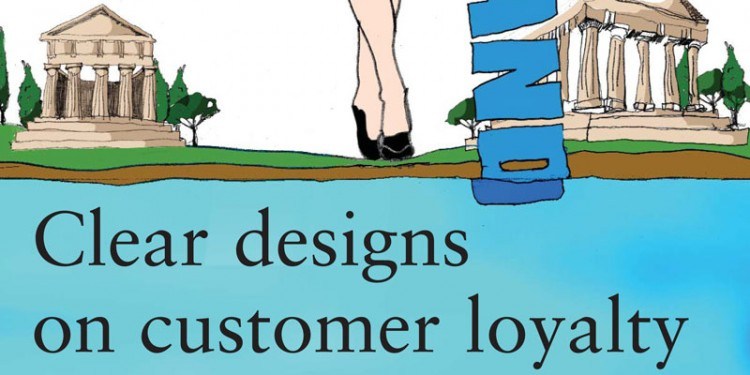Good marketing work in winning a customer can be wasted if proper attention is not paid to post-sales operational communications, argues Robert Mighall.
I once heard “brand” defined as what people say about you when your back is turned. The phrase struck a chord, and stuck in my head for a number of reasons. It provided a salutary reminder that the best laid plans of marketing professionals are only as good as the realities their customers experience, and that an impromptu bad-mouthing can have more lasting impact on your image than all the promises made above, below and through the line. But it also reinforces the fact that it is often the details, the technicalities, the areas that are neglected or assumed to be left to others, that can make or break a brand. Turn your back on these in pursuit of more attention grabbing concerns, and you might find your brand seriously undermined.
Consider the relative lack of attention given to, for example, forms, bills, customer letters, instructional materials, on-line resources and other such customerfacing materials. Such things are generally considered the domain of an “information designer”, and usually upstaged by their sexier sisters in advertising, direct marketing and corporate identity. Information design tends to be overlooked by marketers; regarded as a rather dry technical necessity and assumed to be entirely the preserve of “operations”. But such thinking and practice can turn post-sales operational communications into a brand’s Achilles heel. Given an ideal customer life-cycle, the efficiencies of retaining rather than winning customers, and the general lack of trust in financial services providers, this is clearly missing a trick – and, potentially, customers too.
Studying the form
Good design makes good business sense. The Design Council recently published the results of a tenyear survey on the impact of design on stock market performance.2 This suggested a direct relationship between effective design and financial performance. In the study, sixty-three companies who had been selected for their track record in effective use of design out-performed the FTSE–100 by 200% over the period covered. This doesn’t mean product design, which every financial services provider undertakes as a matter of competitive necessity. Nor is it confined to headline-grabbing new logos or makeovers. Effective design means sustaining attentiveness and good intention beyond the honeymoon period of wooing and winning customers, exciting and rewarding as that may be. It should include the communications that constitute the everyday experience of a company’s dealings with its customers. Look after these things and customer satisfaction, retention and loyalty are more likely to look after you, and reward the investment of making the sale.
Whilst information design may require significant technical understanding, its principles are just marketing common sense. It can boil down to applying four essentials: clarity, consistency, personality and empathy.

